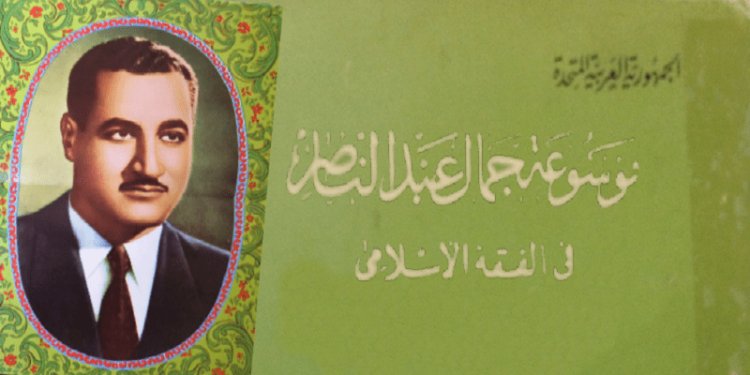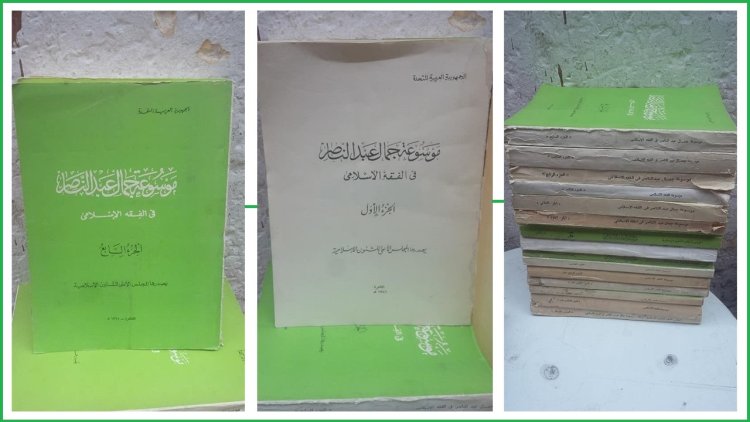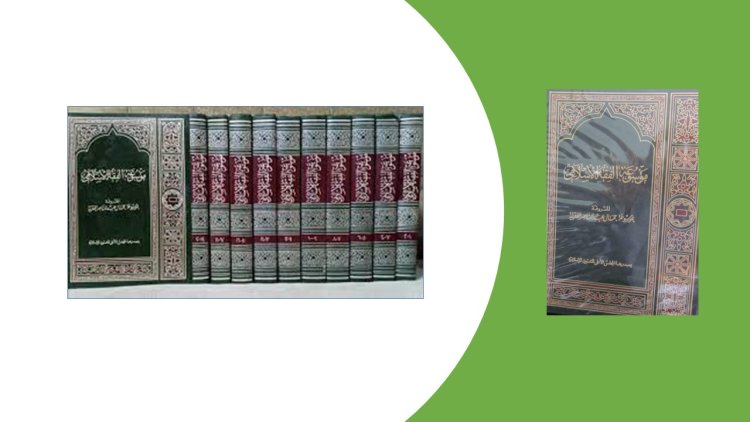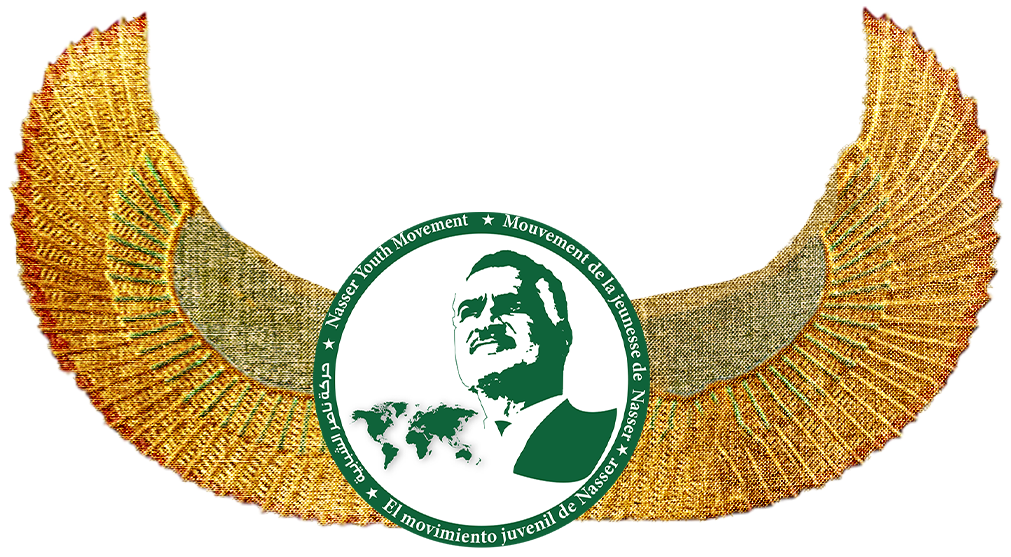Encyclopedia of Gamal Abdel Nasser in Islamic jurisprudence… The first of its kind on the level of the idea of a books’ encyclopedia

Translated by: Nouran Salah
On the 9th of Ramadan 1388, from the Hijri calendar,/ 29th November 1968, The Supreme Council for Islamic Affairs offered a great gift for several institutions and countries.
The great gift consists of 100 copies of the Holy Quran, 100 copies of the encyclopedia of Gamal Abdel Nasser in Islamic jurisprudence, and 7000 CDs to teach Islamic laws including how to perform them, moreover, they are translated into the languages and dialects spread in Europe, Africa, and the Middle East.
This gift was given to the University of Vienna, the University of Baghdad, The British Museum in London, and the United States Congress. Furthermore, 30000 copies of the Holy Quran and books were dedicated to Pakistan, South Yemen, North Yemen, the Hashemite Kingdom of Jordon, Sierra Leone, Malaysia, the Philippines, Somalia, Sudan, and Uganda.
The Supreme Council for Islamic Affairs responded to the Sudanese people’s desire and recorded ‘al moshaf al moalem’ the Quran teacher by the reading of Al-Duri on the authority of Abu Amr. It also responded to the Libyan people’s desire and the Quran recited by Qalon was recorded. Moreover, the Quran recited by Warsh and Hafs was recorded for the Muslim peoples to contribute to the memorization of the Quran through these recorded copies of the Quran.
The French legal man, Edouard Lambert was one of the first to dream of an encyclopedia in Islamic jurisprudence when the Hague conference for comparative law was held in 1932. The same dream was repeated in the recommendations of the international Lawyers Conference in The Hague in 1948.
Furthermore, this call was repeated in 1951 at the Eastern Jurisprudence Conference held at the Faculty of Law in Paris, as its recommendations demanded the production of an encyclopedic work arranged for jurisprudence like the encyclopedias of law.
Some Syrian jurists witnessed this conference and participated in its work, as a result, they returned to their Hometown convinced that the Islamic world owes a duty for its jurisprudential heritage that should be performed. Moreover, they were convinced that the establishment of this dictionary which the conference dreamt of is a thing that Arab scholars must promote. In addition, they spread this idea and called for it till they convinced The Faculty of Sharia at the University of Damascus of it. The idea was well-received, as they found in it a very appreciated effort. They then were able to convince the university and the Syrian government, before its union with the Arab Republic of Egypt, and to issue a republican decree to establish this dictionary on a specific system whose origin is determined in this decree. A committee of jurists in the faculty of Shari’a and Law was set up to develop this dictionary. They did not prepare it hurriedly, but in a more precise and systematic manner that would help to achieve the goal.
The steps were going slowly, then they became faster during the years of the Arab union between Syria and Egypt. At that time, ministerial decision number 24 for the year 1961 was issued on 18th January 1961 to form a committee containing a group of Syrian and Egyptian specialized jurists such as D. Maarouf al-Dawalibi, D. Mustafa Al- Sebahi, D. Ahmed Al- Samman, Mister Mustafa Al-Zarqa, D. Yousef ‘Ishsh, and D. Muhammed Zaki Abdul Bar to develop the encyclopedia. In the same year, decision number 33 was issued to name it as ‘Encyclopedia of Gamal Abdel Nasser in the Islamic jurisprudence’.

This Encyclopedia is considered a great project containing jurisprudential rulings and biography in the alphabet according to the four famous religious schools of jurisprudence; Hanafi, Shafei, Maliki, and Hanbali and others like, al-Dhaheria, Al-Zaydia, and Shiites… The committee was keen to include all kinds of Islamic Jurisprudence according to the Muslims’ various schools in the encyclopedia, so that researchers can find in this dictionary, after its completion, a comprehensive reference for all what may be collected from the opinions of Muslim jurists despite the differences in these opinions and their diversities… the committee also intended not to present jurisprudence in this encyclopedia as it was always presented in the old books as vague, complicated, and not incomprehensible but for those who have delved into the sciences of religion. Instead, it would be presented in clear manner which is well-understood by scholars, legal scholars, and every cultivated person who wants to know any kind of the Islamic jurisprudence research.

Since the late president Gamal Abdel Nasser in 1960s up till now, more than forty volumes were published under the supervision of the Egyptian ministry of endowment and the Islamic Jurisprudence Committee in the Egyptian supreme council for Islamic affairs headed by the late prof. D. Ahmed Ali Taha Rayan, a member of the Senior Scholars’ Committee at Al-Azhar AL- Shareef.
In the late 1960s, Egypt used to offer the ‘Encyclopedia of Gamal Abdel Nasser in the Islamic jurisprudence’ on different famous religious occasions such as the birth of the prophet and the month of Ramadan. It was also the first of its kind on the level of the idea of books’ Encyclopedias.
Sources
“Words” by D. Taha Hussein
Al- mizan site

